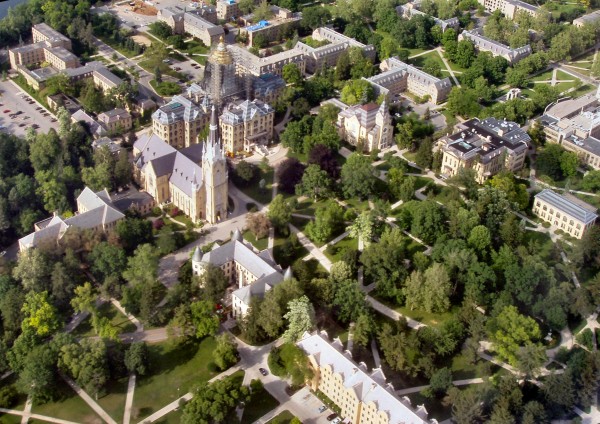The cost of an education at a four-year college or university in the United States has consistently risen at a rate greater than the overall cost of living. In 2013, the total cost increases (including tuition, books, fees, and room and board) were at their lowest level for both public and private schools. Public school costs “only” rose 3.2 percent, while private school costs “only” increased 3.7 percent. This cost percentage increase was the lowest that it has been since the 1980s; however, annual public school costs are $31,701, while private schools charge an average of $40,917. For most Americans these costs are still well above what they can afford to send their children to college. See: Sky Rocketing College Costs

Impact of the Economic Recession on the Cost of College
During the recession, college endowment funds lost a quarter of their value in the 18-month period from June 2007 through January 2009. The recession has impacted college costs, which, along with student loan debt, are at the highest levels in history. Lower family incomes coupled with enrollment pressures placed on schools (there were 3.2 million graduating seniors in 2008, the greatest number in history) create uncertainty as to whether the higher costs will cause some students to delay the decision to pursue higher education.
Changes in Enrollment Numbers for U.S. Colleges and Universities
Surprisingly, enrollment numbers at four-year institutions have been trending up. Degree granting institutions have seen enrollment increases of 37 percent (15.3 million to 21 million). The change in enrollment numbers is typical of what happens when economic prospects are low. Unemployed and underemployed young people tend to turn to colleges and degree granting institutions for the prospect of becoming more employable when the economic picture improves. Notably, the rate of enrollment for Latino and African-American students rose (as a percentage of overall student populations on campus) to 13 percent and 14 percent, respectively, while non-Hispanic White student enrollment fell from 83 percent to 61 percent.
Is the Current Pricing Model for Higher Education Sustainable?
As the cost of higher education has continued to rise, so too has average debt for graduates. Students graduating from four-year institutions in 2012 had on average of $26,500 in debt. As more and more of the financial aid given to students and their families to pay for college has changed from a mix of grants and loans to almost completely private loans, student debt has grown at an alarming rate. At one point in 2013, a debate raged in Washington, D.C. over the interest rate on Federal student loans, set to double in July 2013. Passage of the Bipartisan Student Loan Certainty Act of 2013 held rates in check and tied future increases to the markets. This is only a temporary solution to the long-term question of rising college costs.
See Also:
- Fast Facts from the National Center for Education Statistics
- Sky Rocketing College Costs
- 8 Steps to Cut Education Costs
- Is a College Education Worth The Cost?
- Education Inflation Way Above Consumer Price Index
Resources:
Burt Halberstram is a freelance writer focusing on education, student loans, tuition costs, online schooling, university life and other similar topics.
